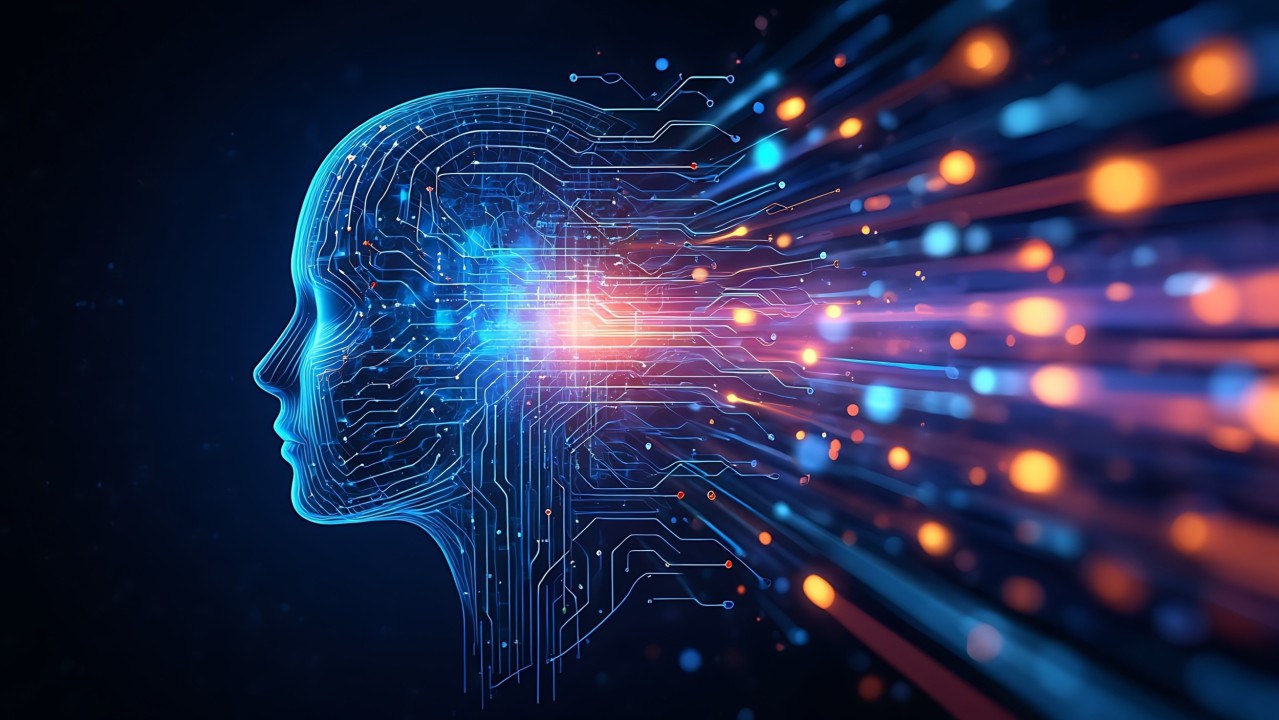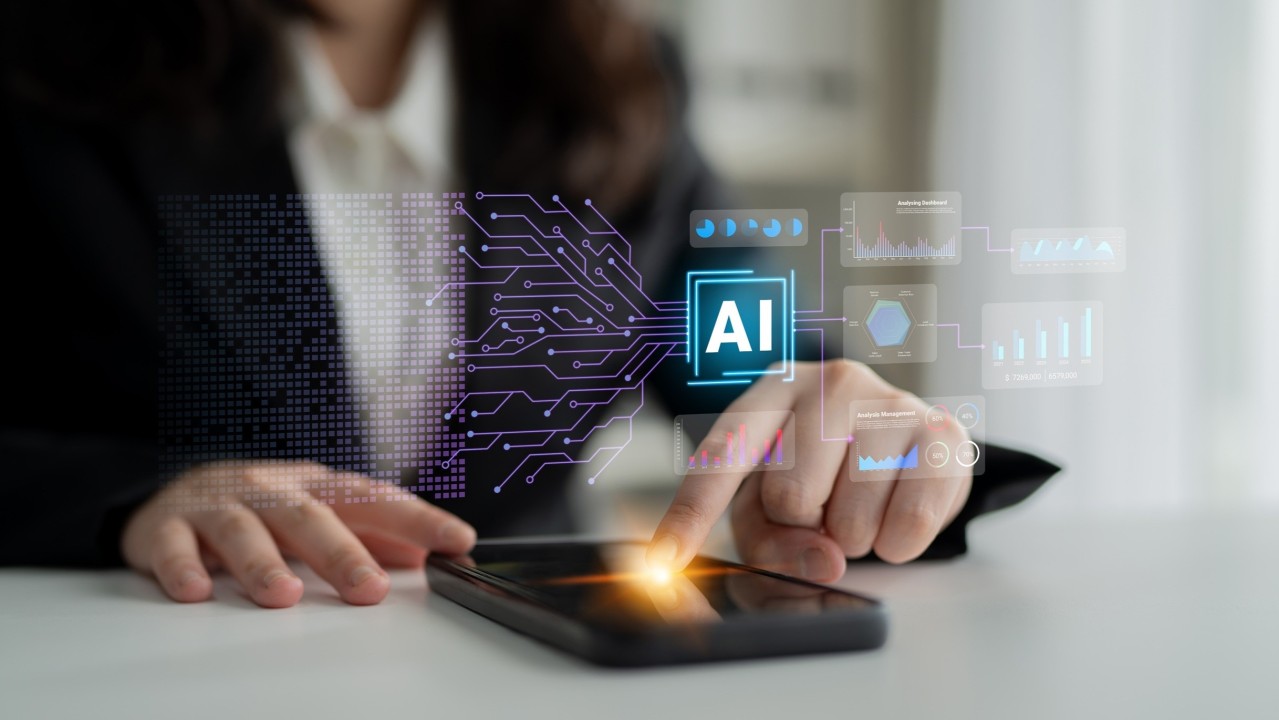Does Apple Have AI?
2 July 2021
Apple is the world’s largest information technology company by revenue and the first-ever public company to be valued at over US$1 trillion. So,it would make sense that it would be heavily invested in artificial intelligence, and as I outline in more details in my bookArtificial Intelligence in Practice,their strategy is a bit different than you might expect.

Apple’s artificial intelligence (AI) strategy centres around its devices, and the company has positioned itself as a pioneer of in-device AI technology, with its superior security and potential for creating unique, user-engaging experiences.
In-Device AI
Apple’s vision for the future is powerful handheld devices that are capable of running their own machine learning on datasets gathered via their own array of sensors. This is clearly at odds with the vision of a future dominated by cloud computing and relatively low-power terminals often championed by other tech companies.
This means running machine learning algorithms directly on their devices using powerful central processing unit or graphics processing unit chips built into their phones, watches or speakers.
One current example is the development of the Neural Engine inside the iPhone X models. It’s a custom-designed chip specifically designed for carrying out the neural net calculations needed for deep learning. This makes it faster to process functions like Face ID logins, features in the camera that help users take better pictures (or add silly effects), augmented reality, and managing battery life.
Running machine learning on devices can also be far faster than having to wait until data is returned from the cloud before insights can become actionable. However, it isn’t without disadvantages; only being trainable on data gathered from one device means those algorithms won’t have the benefit of learning from the huge, crowdsourced datasets that cloud machine learning can plug into.
In-device AI also ties in with Apple’s focus on safeguarding users’ data. By ensuring that sensitive personal data doesn’t have to leave the phone before it can be processed by machine learning, it hopes consumers will trust their data is safer with them.
Smarter Apps
A significant part of the credit for the iPhone’s success has to go to the App Store.
Because the app ecosystem keeps customers coming back to Apple year after year when their mobile contracts are up for renewal, Apple has pushed developers to integrate AI into their third-party apps. To this end, Apple has provided developers with tools such as Create ML, which enable them to power apps with machine learning running on users’ devices — and keep that functionality in the Apple ecosystem.
A great example is an app called Homecourt, which was designed to assist with refereeing amateur basketball games. All a user needs to do is point the camera at a game in play, and the machine learning will tag the players in the game, logging when they pass and shoot, aswell as recording their position on the court. All this is done through computer vision technology running on the device itself.
Another app, known as Polyword, allows users to get the name of whatever object they are pointing their camera at in any one of 30 languages, using computer vision and machine learning.
Natural Language Processing
When Apple launchedSiri, it became the first widely used AI-enabled and natural language processing (NLP)-powered assistant. Although it has been criticised for a lack of innovation compared to that seen in competitor AIs7, recent updates brought in real-time, machinelearning-driven translation between 40 pairs of languages.
Siri’s NLP functions do send information into the cloud. However, user privacy is preserved by the fact that all identifying information is stripped from the voice command data before it leaves the user’s device in an encrypted form.
Recent NLP research at Apple has focused on giving Siri users more accurate results when they search for information on businesses or points of interest in their local area. Researchers introduced location signals into the training data giving Siri access to localised datasets, including place names and small businesses.
In theory, it will use the location data while it interprets spoken language to add to its understanding of what the user might mean. That way, it will have a better chance at guessing, for example, if someone who utters the words “I’m going to Kilkenny” intends to visit the town in Ireland or murder a man called Kenny.
AI is very much a part of Apple’s overall strategy, and it is building it into the very fabric ofits devices and services. By keeping AI on its devices, it’s helping to prioritise user privacy. And by providing developers with a proprietary machine learning platform to build better apps and keep them in the Apple ecosystem.
Related Articles
Why The AI Supercycle Will Fail Without Advanced Networks
By now, “smart” versions exist of just about every home appliance, gadget and gizmos we can think of. However, manufacturers continue[...]
The Two-Tier AI Economy: Why Half Of Companies Are Being Left Behind And How To Close The Gap
By now, “smart” versions exist of just about every home appliance, gadget and gizmos we can think of. However, manufacturers continue[...]
5 AI-Era Skills Mistakes That Will Cost Your Business Millions In 2026
By now, “smart” versions exist of just about every home appliance, gadget and gizmos we can think of. However, manufacturers continue[...]
5 ESG Trends That Will Shape Business in 2026
By now, “smart” versions exist of just about every home appliance, gadget and gizmos we can think of. However, manufacturers continue[...]
The 5 Robotics Trends In 2026 You Must Get Ready For Now
By now, “smart” versions exist of just about every home appliance, gadget and gizmos we can think of. However, manufacturers continue[...]
10 Generative AI Trends In 2026 That Will Transform Work And Life
By now, “smart” versions exist of just about every home appliance, gadget and gizmos we can think of. However, manufacturers continue[...]
Sign up to Stay in Touch!
Bernard Marr is a world-renowned futurist, influencer and thought leader in the fields of business and technology, with a passion for using technology for the good of humanity.
He is a best-selling author of over 20 books, writes a regular column for Forbes and advises and coaches many of the world’s best-known organisations.
He has a combined following of 4 million people across his social media channels and newsletters and was ranked by LinkedIn as one of the top 5 business influencers in the world.
Bernard’s latest book is ‘Generative AI in Practice’.










Social Media